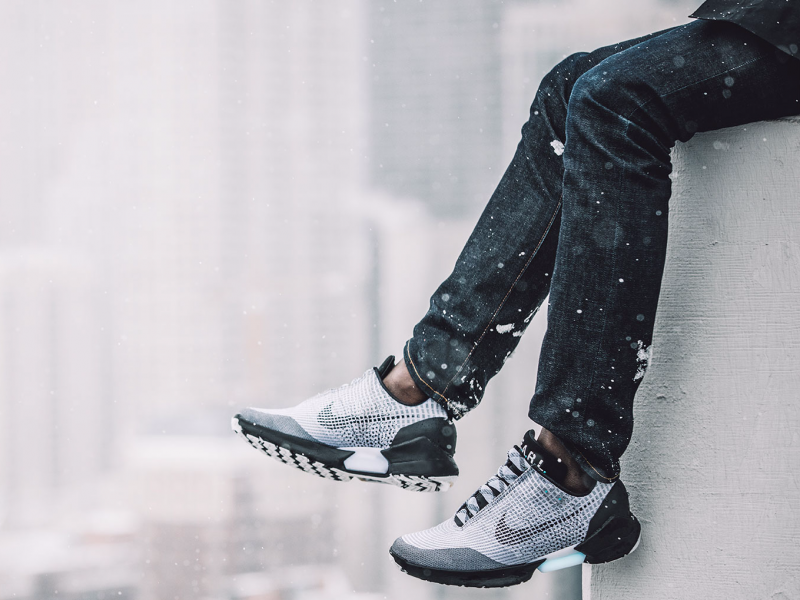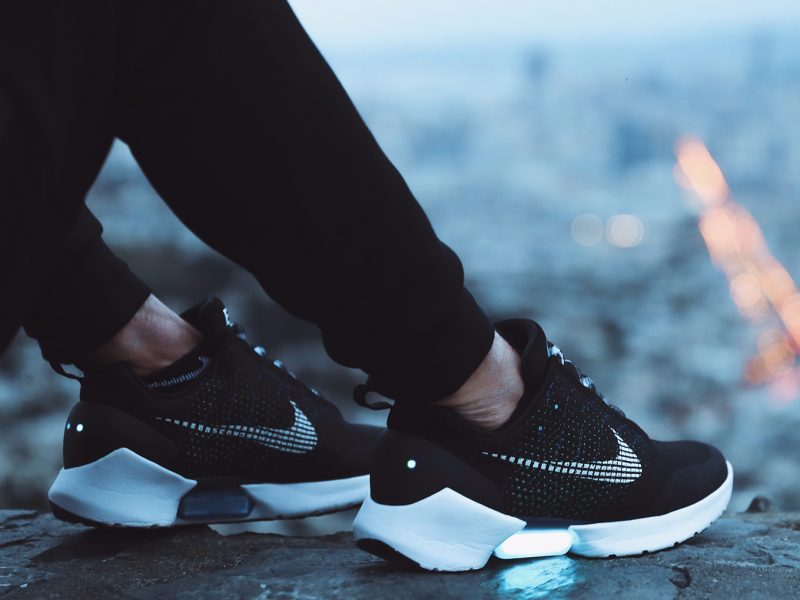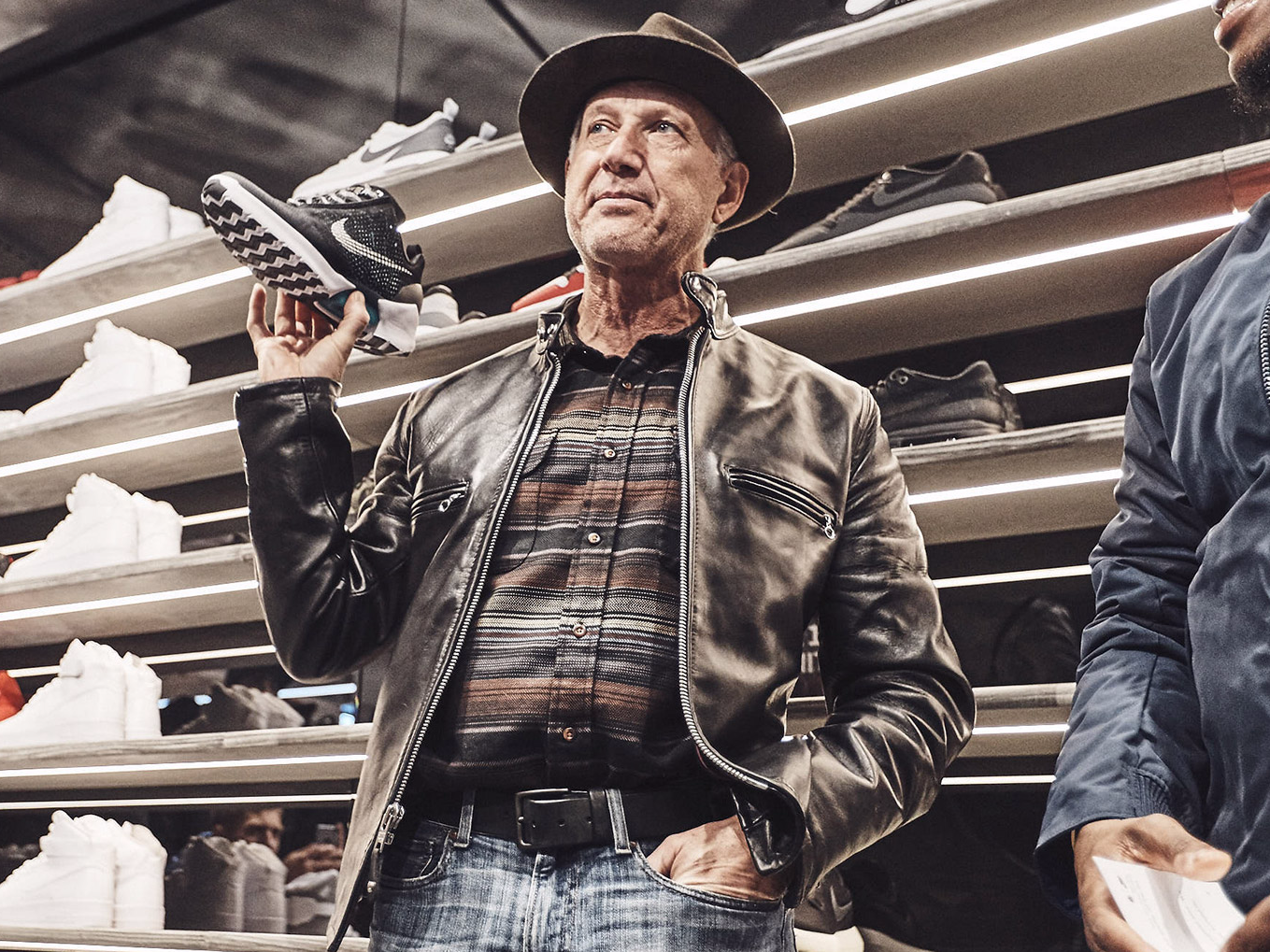Nike is breaking new ground with the HyperAdapt 1.0, its first self-lacing sneaker for the general public.
The sneakers are pretty slick and easy to use for a first-generation product, and they’re full of promise for things to come, as I said in my hands-on review of the shoe.
For most buyers, however, there remains a $720 barrier to purchase.
Though the shoe is not part of a limited-time collection, it’s being rolled out slowly, in waves, and only in particular stores in the US. Interested customers need an appointment to test or purchase the shoe, and stock can be hard to come by depending on how you time your visit.
Nike says it has seen an “extremely strong response” from customers interested in the product.

Though it's not the newest Jordan-branded shoe or a limited-time collaboration, it's clear who the shoe is targeting with its high price and limited supply: collectors, according to Matt Powell, a sports retail analyst at NPD.
"I think the shoe will sell very well," Powell told Business Insider.
Flight Club, one of the biggest shoe resellers both in New York City and online, has noticed that demand for the shoe has been high.
"Since its release, the Nike HyperAdapt 1.0s have sold extremely well for us," Flight Club spokesman Steven Luna told Business Insider. "Being the first of its kind, a self-lacing sportswear shoe, we were certain it would generate much fanfare amongst sneaker and technology enthusiasts."
According to Flight Club's systematic pricing - which takes into account pricing history, what people are saying about the product on social media, and other recognized sale patterns in order to tell what a shoe is worth - the sneakers are worth about $4,000 to resellers, depending on the size.
That pricing is corroborated by a cursory look at listings for the HyperAdapt 1.0 on eBay, which show a similar range.

Stadium Goods, another big name in reselling in New York City, is seeing a high demand for the shoes as well as "tons of curiosity around how it functions," according to John McPheters, the founder of the store.
McPheters theorizes that buyers so far have been motivated by the technology and rarity of the sneakers, and less so by their athletic functions.
"I'm doubtful there's a lot of sporting interest in these shoes at the moment, given that they have a very prototype-y feel," McPheters said.
The technology used in the shoes originated from a "what-if" scenario first dreamed up in "Back to the Future II." That's a slight deviation from Nike's usual mandate of making the training or sport experience better for the athlete who wears its shoes.
Once the tech progresses into truly adaptive functions - constantly tightening and loosening based on the wearer's movement - that mandate would be fulfilled.
While it is currently available in New York City at the Nike SoHo store and Nike+ Clubhouse, the shoe will soon have a bit wider release, as customers will be able to try it on in Los Angeles and Chicago starting December 20. A new gray color, in addition to the current black, will also launch that day.
McPheters noted that if or when the shoe enters a wider release the prices could fall, though the 1.0 will always have the unique designation of being the first self-lacing sneaker on the market.
The shoe has broader implications for the brand moving forward. Nike CEO Mark Parker said on CNBC earlier this year that self-lacing sneakers would be as big as self-driving cars in the future in terms of mainstream appeal, application, and pricing.

